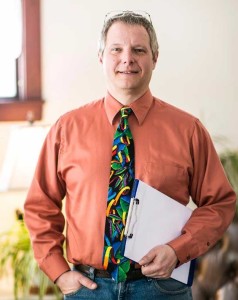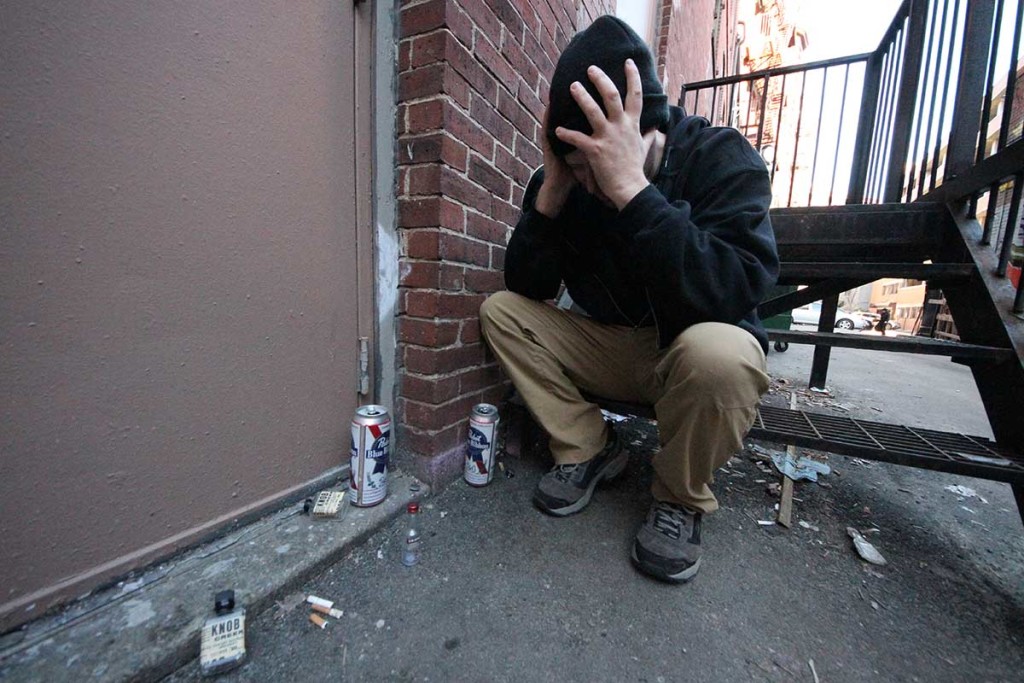A New Monthly Column on Addiction and Recovery
by Dr. TJ Kozma

Dr. Kozma is a Board-Certified Addiction Medicine physician. He has been practicing Addiction Medicine in the greater Portland area for the last 13 years.
It’s about time that the epidemic of opiate addiction is front-page news in Portland.
Maine has been at the epicenter of opiate addiction for the last 20 years, but it’s getting more and more obvious that we can no longer pass it off as “someone else’s problem.”
It affects not only the people with the addiction, but everyone around them as well. Relationships suffer as trust evaporates. Jobs are lost. Families are torn apart. Children are taken away from their parents. Jail. Overdoses. Death. It doesn’t take a rocket surgeon to know that opiate addiction isn’t a wise career choice. So why does it happen?
There is plenty of blame to go around, and as Americans we love to point the finger at someone else.
In response to the rapidly escalating use of short-acting opiates for long-term pain, Oxycontin was developed and released in the mid-90’s as a “non-abusable” alternative for chronic pain management. Physicians bought the pitch. In theory it was a good idea, but in practice it was just the beginning of our current opioid epidemic.
Pain was declared the “5th vital sign” by the American Pain Society to elevate the awareness of physicians whose patients were being “undertreated” for their pain issues, and the government took notice. Physicians were pressured into over-treating pain via lawsuits, and things just haven’t been the same since.
Yes, many physicians are overworked or just plain lazy, preferring to write an opioid prescription to avoid being called at 3 a.m. by disgruntled patients. But patients can share some of the blame as well, as obtaining prescriptions for non-legitimate uses is not entirely uncommon for a multitude of reasons.
Now that the opioid epidemic is no longer in the shadows, the pendulum has swung the other way. Many physicians simply refuse to write opioid prescriptions at all, even for those who could benefit from them, for fear of breeding addiction or allowing the opioids to fall into the wrong hands. Many physicians have been burned by addiction too many times in the past and choose to simply avoid the possibility of being burned again.
There is even some evidence that chronic use of opioids is not beneficial for long-term management of chronic pain and may even do more harm than good. But as those now-dependent patients are turned away without a viable alternative to manage their pain, they often find their own unimaginable means of avoiding the pain of withdrawal: heroin.
By the time withdrawal is on the horizon, choosing to “just not use” is no longer an option. The brain’s survival systems have been hijacked. One cannot simply fix a broken brain with their own broken brain.
Medications such as methadone and Suboxone can help the process during treatment, but without the proper treatment addiction is a cycle of desperation with no end in sight.
Denial is a common survival mechanism. Relapses happen. Trust is the first thing to go and the last thing to come back. But in the end, the hard work of recovery is well worth the alternative.
Recovery certainly isn’t quick or easy, but anything is better than the misery of untreated addiction. Meetings such as AA and NA are a great place to start. They have a better-than-average track record for those who attend regularly and participate in the meetings, but they aren’t for everyone.
Other group treatments can be helpful for those in whom AA and NA just aren’t right. An one-on-one treatment with an addiction professional can be tailored specifically to the needs of the individual.
Whatever path is chosen, recovery is possible, and it doesn’t need to be done alone.
Dr. Kozma will be providing a monthly column on addiction. If you have questions about addiction, email Dr. Kozma at info@thewestendnews.com.





